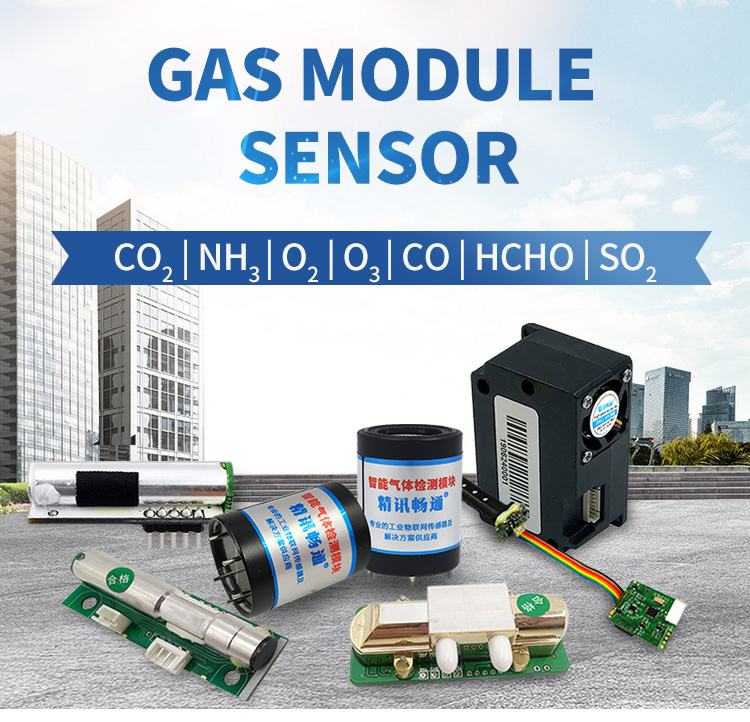Gas detection is an essential aspect of workplace safety. Employees working in hazardous areas, such as chemical plants, mining sites, and oil refineries, face exposure to toxic gases and combustible vapors every day. A gas leak or explosion can not only cause significant property damage but also result in fatalities, injuries, disabilities, or chronic illnesses. To mitigate these risks, companies must implement an effective gas detection system that provides real-time monitoring and alerts for potential dangers. This article will explore gas detection technology and best practices for safeguarding your workplace.
Why Is Gas Detection Important?

Gas detection is critical because it helps prevent accidents and reduces the risk of harm to employees and the environment. Toxic gases, such as hydrogen sulfide, carbon monoxide, and nitrogen dioxide, can cause respiratory problems, headaches, dizziness, nausea, or even fatality at high concentrations. Combustible gases like methane, propane, and hydrogen can ignite and cause explosions if they reach their lower explosive limits (LELs) in the air. By detecting the presence of hazardous gases early, employers can quickly take action to evacuate employees, isolate the source of the leak, and repair the equipment before a catastrophic event occurs.
Types of Gas Detection Systems
There are several types of gas detection systems available, each with its strengths and limitations. These include:
Fixed-point gas detectors: These devices use sensors to detect a specific gas's concentration at a point where it emits. They are installed permanently in locations where gas leaks could occur, such as near pipelines, storage tanks, or processing equipment. They provide local alarms and can activate ventilation or shut-off controls automatically.
Area gas monitors: These devices use sensors to measure gas concentrations in a broader area instead of a particular point. They are ideal for large facilities where dangerous gases may accumulate from several sources. Area gas monitors provide both visual and audible alarms, and some models can communicate wirelessly with a control center.
Personal gas detectors: These portable devices are worn by employees and continuously monitor their exposure to hazardous gases. They are especially useful in confined spaces or areas where air quality monitoring is insufficient. Personal gas detectors can also log data for compliance reporting and training purposes.
Best Practices for Workplace Gas Detection
Conduct regular risk assessments: Companies should identify potential hazards associated with their operations and implement mitigation strategies accordingly. Risk assessments can help determine the type, quantity, and location of gas detection equipment to be installed.
Select the appropriate gas detection technology: Companies should choose gas detection solutions that meet their specific needs, taking into account factors such as gas sensitivity, response time, accuracy, and cost-effectiveness.
Install gas detection devices correctly: Gas detectors should be installed at appropriate locations, calibrated regularly, and linked to an alarm system that provides reliable feedback. Regular maintenance can ensure that gas detection systems function effectively and minimize false alarms.
Train employees on gas detection procedures: Employees should receive adequate training on how to use gas detection equipment, interpret alarms, evacuate quickly, follow established safety protocols, and respond appropriately to accidents or emergencies.
Monitor gas detection data: Companies should regularly review their gas detection logs and check for trends or anomalies that indicate a potential issue. Continuous monitoring can help companies detect problems early and take corrective action before they escalate into a crisis.
Conclusion
In conclusion, gas detection is critical to protecting employees and property from the risks posed by hazardous gases.






